A mini electric screwdriver is a handy and versatile tool that can make your DIY projects and household repairs much easier. However, like any other tool, it requires proper maintenance and care to ensure optimal performance, longevity, and safety. By following a few simple steps and best practices, you can keep your mini electric screwdriver in excellent condition, saving you time, money, and frustration in the long run. In this comprehensive guide, we'll walk you through the essential aspects of maintaining and caring for your mini electric screwdriver, from regular cleaning and battery care to troubleshooting common issues and preventing overheating.

Regular Cleaning for Your Mini Electric Screwdriver
Keeping your mini electric screwdriver clean is crucial for maintaining its performance and preventing damage. Regular cleaning involves both external and detailed cleaning procedures.
1. External Cleaning
After each use, take a clean, dry cloth and wipe down the body of your mini electric screwdriver. This simple step helps remove dirt, debris, and moisture that can accumulate on the surface, which can lead to corrosion over time. By cleaning your tool regularly, you can extend its lifespan and keep it looking like new.
2. Detailed Cleaning
In addition to external cleaning, it's important to pay attention to the hard-to-reach areas of your mini electric screwdriver, such as the chuck, vents, and crevices. These areas can easily collect dust and debris, which can affect the tool's performance and cause damage if left unchecked.
To clean these areas effectively, use a small brush or compressed air. A soft-bristled brush, such as a toothbrush, can help dislodge stubborn dirt and debris. Alternatively, you can use a can of compressed air to blow out dust and particles from tight spaces. When using compressed air, be sure to hold the can upright and keep it at a safe distance from the tool to avoid damage.
How to Prevent Damage to Your Mini Electric Screwdriver
To keep your mini electric screwdriver working properly, it's important to use and handle it correctly. Here are some tips to help you avoid damaging your tool:
1. Using Your Screwdriver the Right Way
When you're using your mini electric screwdriver, be careful not to force it if it gets stuck. Don't keep pushing the trigger or shake the screwdriver, as this can damage the motor or other parts inside. If your screwdriver does get stuck, gently try to remove it from the screw and start again.
Also, be sure to hold onto your screwdriver tightly while you work. Dropping it or bumping it against hard surfaces can cause damage to the outside or the parts inside.For an in-depth guide,please refer to our article on Getting the Most Out of Your Electric Screwdriver: Usage Tips and Techniques.
2. Handling Your Screwdriver Safely
When you're done using your mini electric screwdriver, always unplug it from the charger or remove the battery. To unplug it, grip the plug itself, not the cord. Pulling on the cord can cause damage over time.
Pay attention to how your screwdriver is working. If it seems like it's not as strong as it used to be, or if it's not turning screws as well, stop using it and check for any damage or issues.
By using and handling your mini electric screwdriver properly, you can help prevent unnecessary damage and keep it working well for a long time.
How to Take Care of Your Mini Electric Screwdriver's Battery
The battery is a crucial part of your mini electric screwdriver. To ensure your tool works well and lasts a long time, you need to take good care of the battery. Here's how:
1. Charging Your Battery the Right Way
Always follow the manufacturer's instructions when charging your mini electric screwdriver's battery. Use only the charger and cable that came with your tool, as other chargers might not work correctly or could even damage the battery.
2. Keeping Your Battery in Good Condition
If you know you'll be using your mini electric screwdriver for a big project, charge the battery fully before you start. This will help you avoid running out of power in the middle of your work.
When you're not using your screwdriver for a while, store the battery properly. Keep it in a cool, dry place and try to keep the charge level between 40% and 60%. This will help the battery stay in good condition and last longer.
A well-cared-for battery will keep your mini electric screwdriver running strong and help you tackle all your DIY projects with ease.
Lubricating Your Mini Electric Screwdriver
To keep your mini electric screwdriver running smoothly, you should lubricate the moving parts from time to time. Here's what you need to know about lubricating your tool:
1. How Often to Lubricate
Check your screwdriver's manual to see how often the manufacturer recommends lubricating the moving parts. If you use your screwdriver frequently or for heavy-duty tasks, you might need to lubricate it more often.
2. How to Apply Lubricant
When lubricating your mini electric screwdriver, use a light machine oil. Apply a small amount of oil to the moving parts, such as the chuck and gears. Be careful not to use too much oil, as this can attract dust and debris, which can damage your tool.
After applying the lubricant, run your screwdriver for a few seconds to help distribute the oil evenly. Then, use a clean cloth to wipe away any excess oil from the surface of your tool.
How to Inspect Your Mini Electric Screwdriver
To catch any potential problems early, it's a good idea to inspect your mini electric screwdriver regularly. Here are two key things to look out for:
1. Checking for Damage
Take a close look at your mini electric screwdriver's body, chuck (the part that holds the bit), and bits. Check for any cracks, breaks, or other signs of damage. If you find any damaged parts, stop using the tool and replace them as soon as possible.For guidance on selecting the appropriate bits, refer to our comprehensive Screwdriver Bits Choosing Guide.
Also, make sure the chuck is holding the bits securely. If the bits feel loose or wobbly, the chuck might be worn out or damaged and may need to be replaced.
2. Listening for Unusual Noises
When you're using your mini electric screwdriver, pay attention to any strange noises coming from the motor or gears. If you hear any grinding, clicking, or other unusual sounds, it could be a sign that something is wrong inside the tool.
If you notice any odd noises, stop using the screwdriver right away and take a closer look. You might need to lubricate the moving parts, tighten loose screws, or replace damaged components.

Common Problems with Your Mini Electric Screwdriver
Even with proper care, your mini electric screwdriver may encounter some common issues over time. Knowing these potential problems and how to address them can help you keep your tool in good working order.
Decreased Power or Torque
If your screwdriver seems less powerful, it could be due to:
- Worn or damaged battery - Replace the battery if it's no longer holding a charge.
- Clogged or damaged motor - Cleaning the motor or getting it serviced may help.
- Worn gears - Worn-down internal gears may require gearbox repair or replacement.
Loose Bits or Wobbly Screwdriver
If the bits feel loose or the chuck doesn't hold them tightly, it could be a problem with the chuck mechanism:
- Worn chuck - Replace the chuck if it's no longer gripping the bits securely.
- Damaged chuck jaws - Replace the chuck if the jaws are damaged.
Overheating
If the screwdriver overheats, it may be due to:
- Blocked air vents - Clean the vents to allow proper cooling.
- Excessive use - Allow the tool to cool down periodically during extended use.
- Motor or gear issues - Problems with internal components may require repair or replacement.
By understanding these common issues and taking the right troubleshooting steps, you can often resolve problems and keep your mini electric screwdriver performing well.
Extend the Life of Your Mini Electric Screwdriver
Taking a proactive approach to maintaining your mini electric screwdriver is key to extending its lifespan and performance. By regularly cleaning, caring for the battery, lubricating parts, and addressing issues promptly, you can keep your tool in top shape for years. Following the guidelines in this guide will help you tackle DIY tasks with confidence, while saving time and money on replacements. With the right maintenance habits, your mini electric screwdriver will remain a reliable companion for all your home projects.


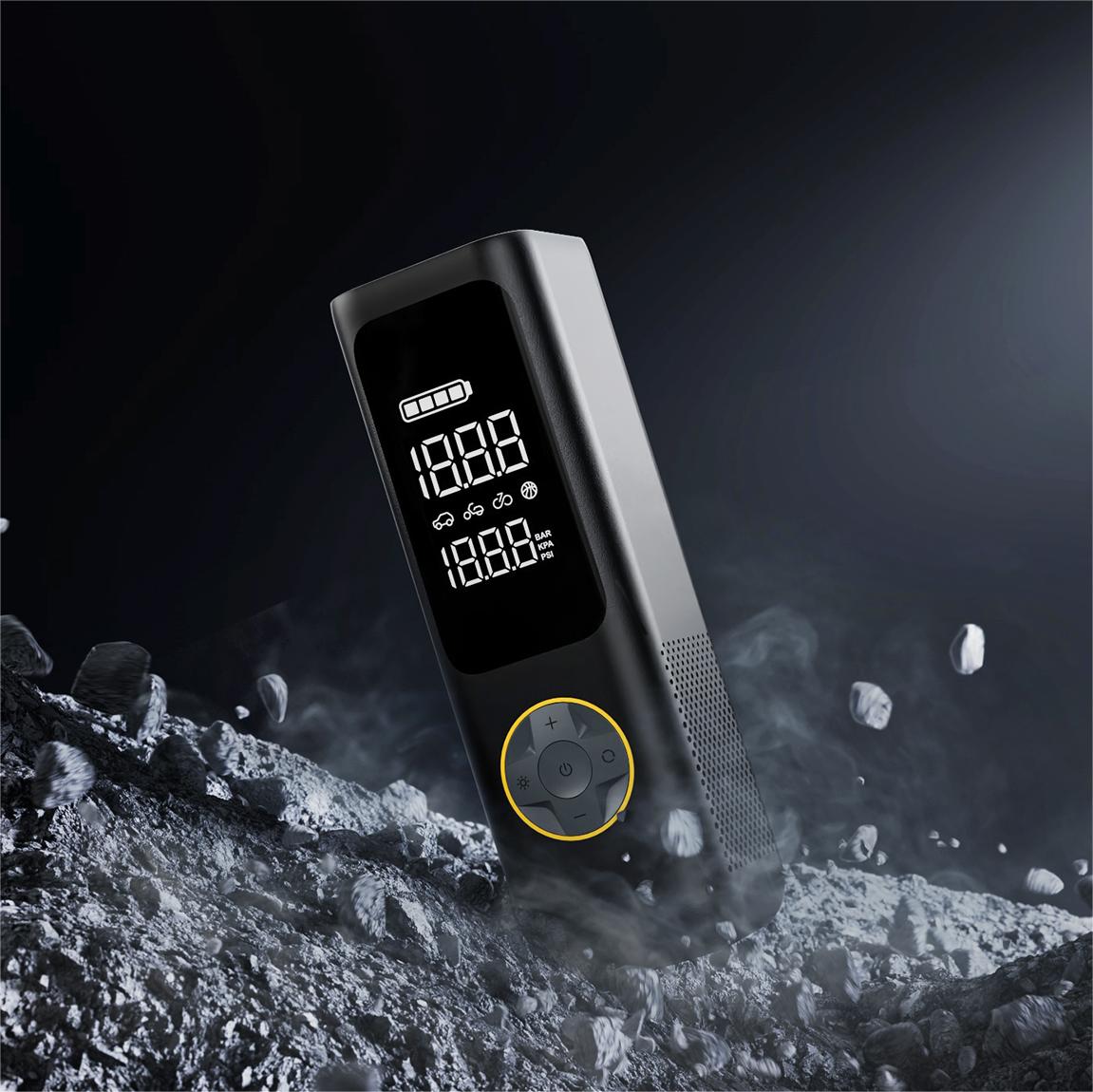

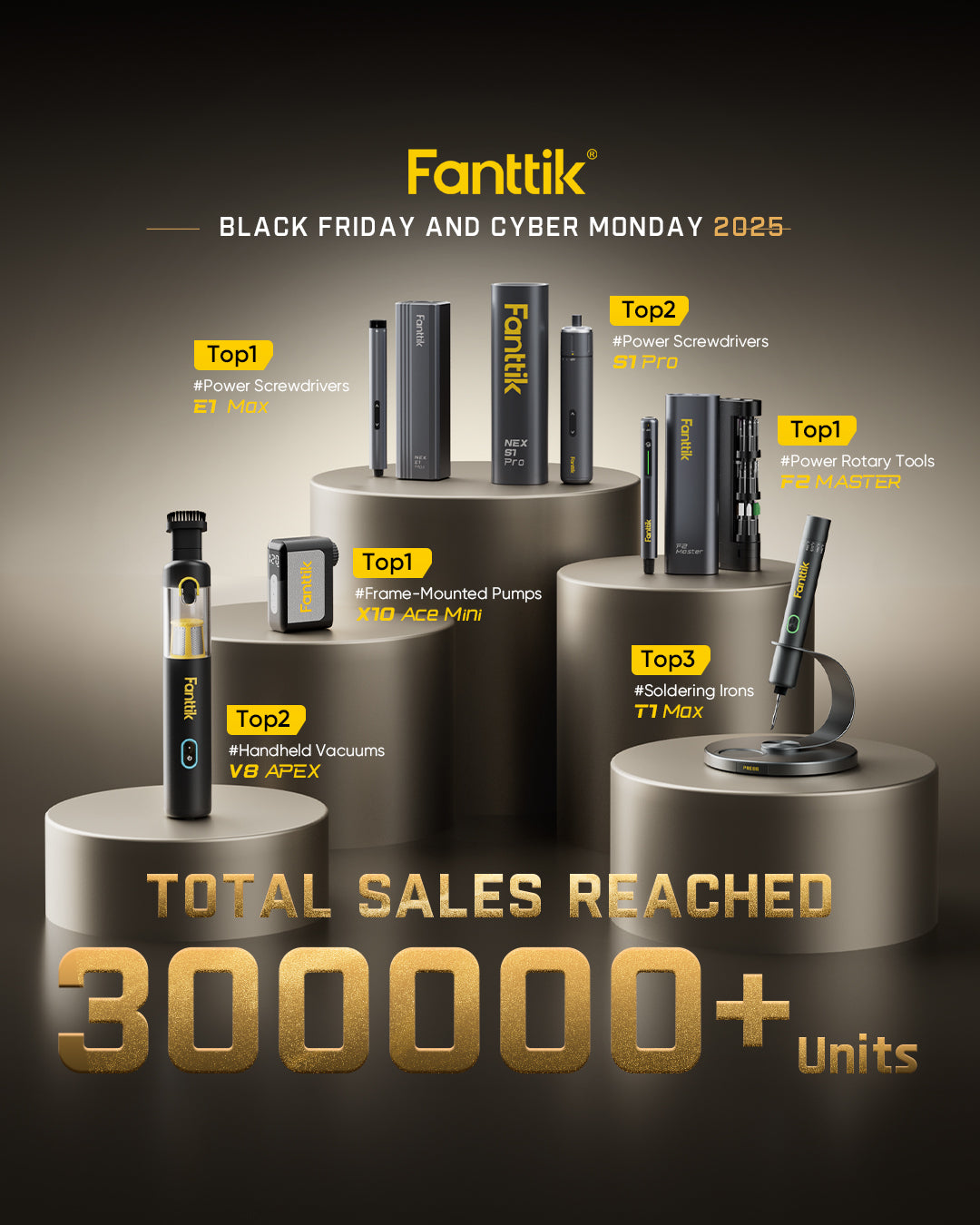
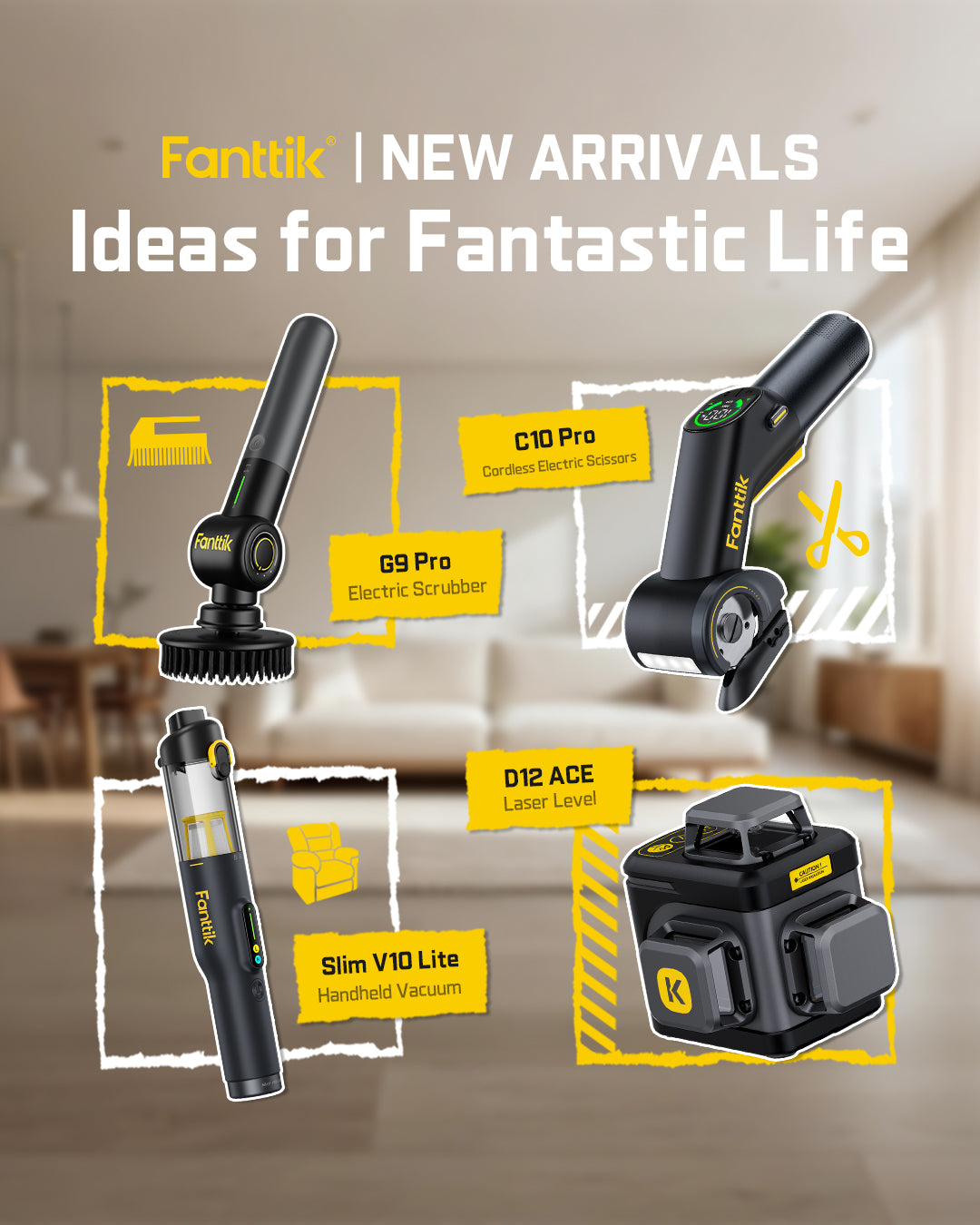
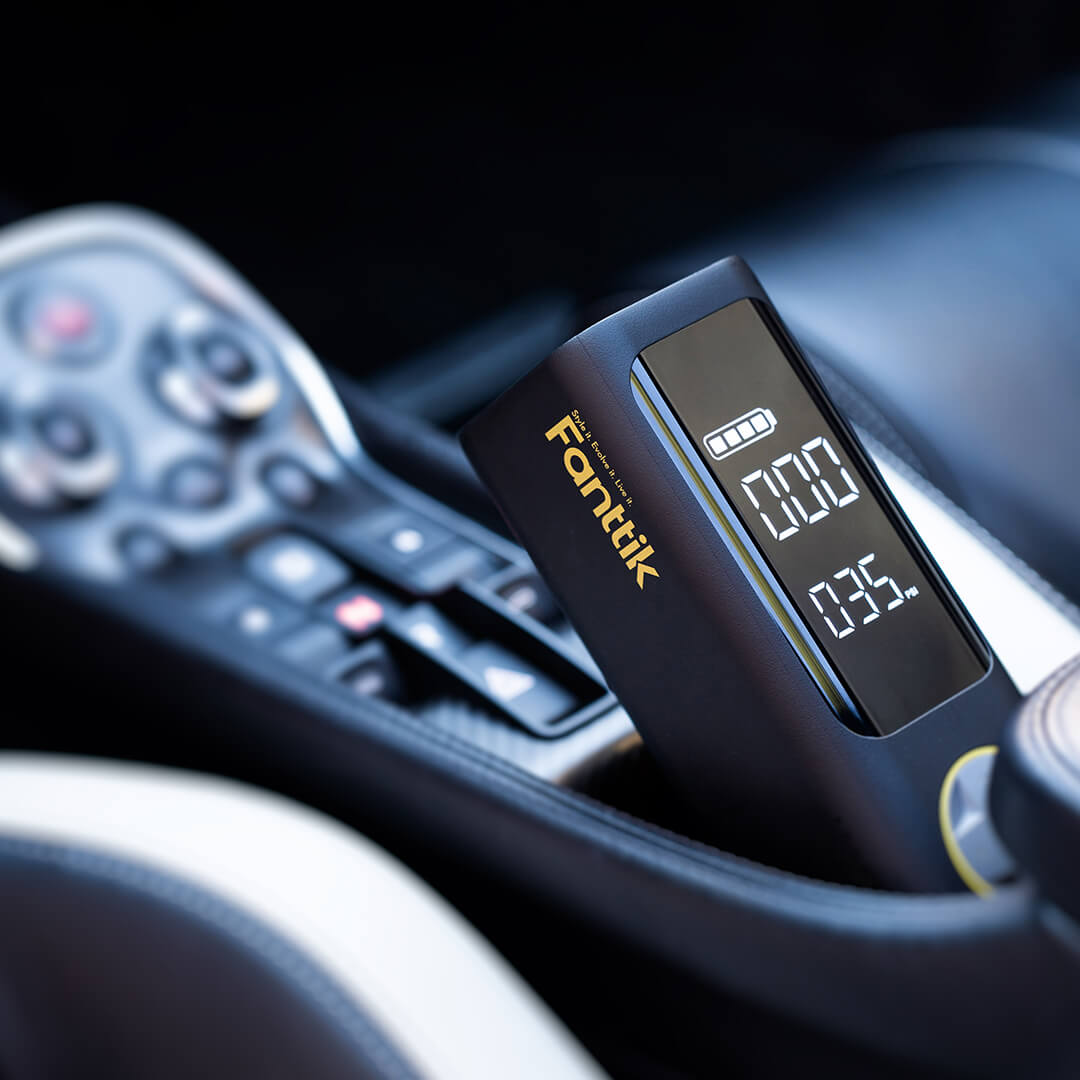
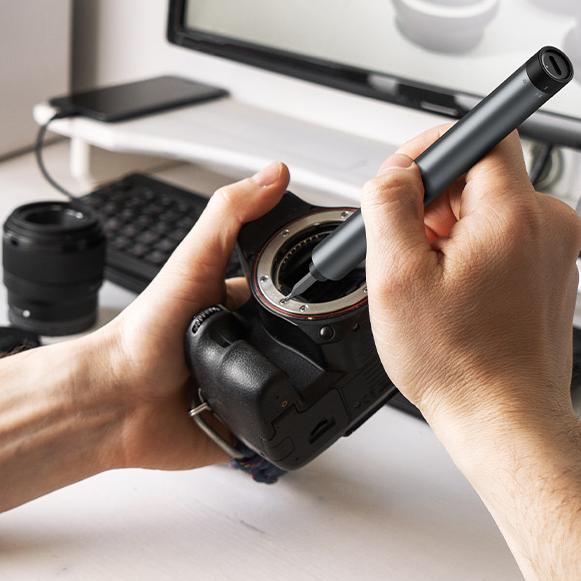



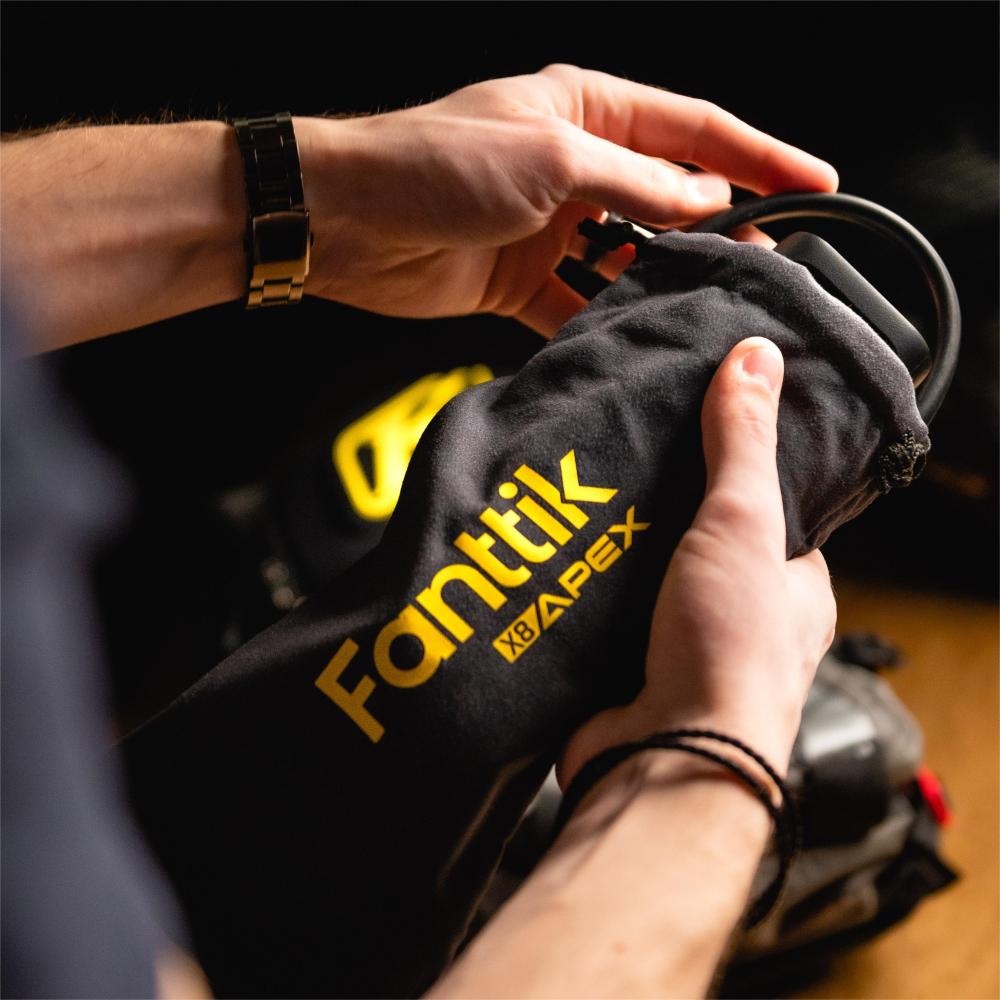

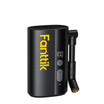
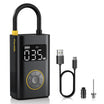
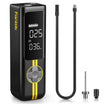
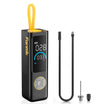
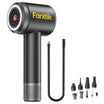
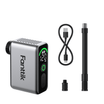
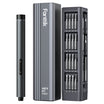
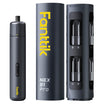
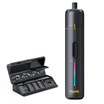
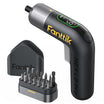
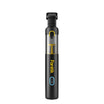
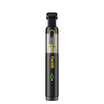
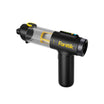
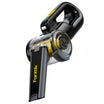
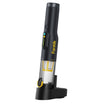
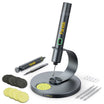
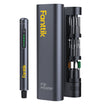
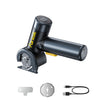
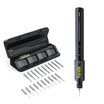
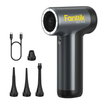
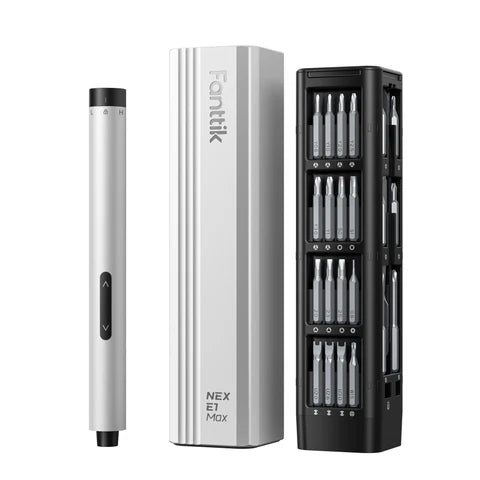
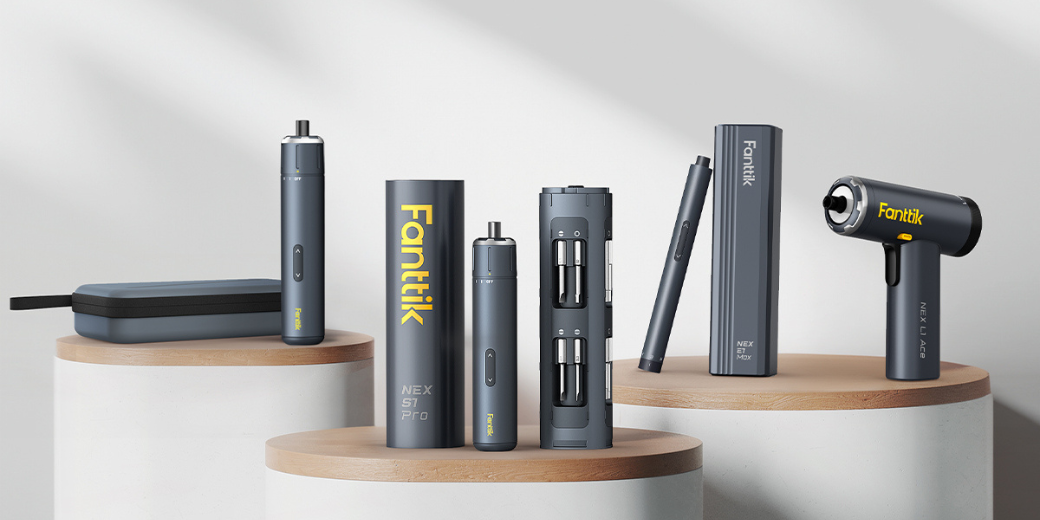
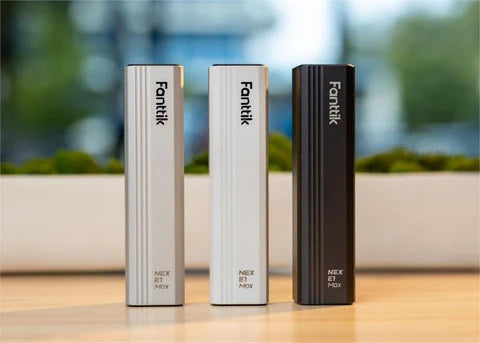
Leave a comment
This site is protected by hCaptcha and the hCaptcha Privacy Policy and Terms of Service apply.